Instagram photos enable us to do many things, and among those is the chance to live precariously through others — to eat foods that are inaccessible to us, to visit places we never considered visiting, and to be the fashionistos and fashionistas that we’ve known have been inside us all along.
Instagram also enables us to do much harm — by encouraging overtourism, glamorizing fast fashion companies, and taking photos of and with people and animals without their permission.
There’s nothing wrong with using Instagram for inspiration as long as we remain aware of the types of content that can cause more harm than good.
Here are seven types of Instagram photos that you may not know inspire unethical or wasteful behavior.
Ordering Food in Excess Just for a Photo
We’ve all been amazed by the incredible food ingenuity that Instagram has inspired. Who wouldn’t stop scrolling to admire a pizza the size of a table or an ice cream sundae with 20 scoops?
We’re more likely to indulge at restaurants on vacation, and ordering an excess of breakfast and dessert are the easiest traps. Unfortunately, food waste is still a severe issue in the world, especially in the U.S. where up to 40 percent of all the food produced there is wasted.
After seeing Instagram photos of influencers enjoying stuffed french toasts or grand breakfasts of local fruits in their floating pools, eating a simple bowl of oatmeal and an apple doesn’t seem like you’re living it up on your vacation, and it’s certainly not the prettiest choice for your Instagram feed.
Indulging in these large or creative dishes isn’t inherently unethical as long as you order it with the intent of eating it either alone or with your party. If you’d still like to experience dishes that are designed to feed multiple people, invite your friends to enjoy the experience with you or find a way to enjoy the leftovers later on in your vacation.

Laying in Superblooms and Other Flora
Exploring the outdoors is both a great way to better our mental and physical well-being and also to create beautiful content for our Instagram feeds. Coming across a field of vibrant flowers, or even a super bloom, is something that most of us envy and want in our galleries; yet its popularity has come at a heavy cost.
Instead of snapping photos of them from meters away, many people pick flora or lay in a bed of flowers during a super bloom to create the proverbial bohemian photoshoot.
Wildflowers are not your props. These are a crucial part of the area’s ecosystem and are extremely fragile.
Plucking and trampling them only damages the growth of these flowers to the point where they won’t regrow, thereby leaving many other species of flora and fauna vulnerable as well. It’s fine to take photos, but make sure you’re aware of how your movement is affecting the area. Stay on designated trails and stick to vista points where you can get those prized Instagram photos of superblooms without pulverizing them to mulch.

Cliffside Lookouts and Rooftops
High viewpoints — such as rooftops, cliffs, and roadside stops — can add dynamism to any photographer’s social media feed, but have you ever thought about what it took to earn that photo?
There are thousands of viewpoints around the world that allow you to take photos of grand views from a safe distance to protect both the photographer and their surroundings. But many of these adventurous shots you may have “liked” in the past may have actually been obtained by trespassing.
Oftentimes, these photographers and influencers will enter and summit private buildings. For example, we met an influencer photographer in Toronto who blatantly admitted that he and his partner often trespass onto private property in order to get the best shots. When we asked how they do it, he nonchalantly replied “we just act like we live there.” Ah, the epitome of white privilege.
In the outdoors, photographers will walk past “no trespassing” signs. This could lead to trampling delicate flora, getting lost along a trail, or falling off a cliffside.
No photo is worth damaging a park or risking your life. The riskiest of Instagram photos are the cliffside photos, especially if the weather is treacherous and the hiker is not in the correct gear.
The next time you choose to take a risky photograph near a viewpoint, please make sure you never trespass and never risk your life for a more daring shot. Furthermore, respect boundaries and private property. These are homes to people and wildlife and neither are your backdrop or subject.

Wild Animal Selfies
So many of us adore wild animals and want to get photos with them, yet this, too, can pose as a fatal threat to us both.
Any destination, tour, or experience that features rides, petting zoos, and photos with animals most likely were obtained through illegal trafficking. These vendors drug and torture those animals, and when those animals no longer serve their purpose they are slaughtered or left alone to slowly suffer excruciating deaths.
This is why so many elephants in captivity only live to be an average of 13 years when their natural lifespan is past 40. Tigers and other big cats in captivity seldom survive past adolescence (https://www.pawsweb.org/). In order to combat animal trafficking, please only go on ethical wildlife observation experiences with a trustworthy operator, and follow these guidelines as you come across wildlife in nature:
- Watch animals from a safe distance.
- Don’t take a selfie hugging or holding an animal as it is exploitative and leads to mishandling.
- Never take them away from their habitat.
- Don’t feed them or try to get their attention with food or sounds.

Insensitivity to the Public Health and Safety
There are certain occasions, like global pandemics, when it’s not safe to travel. While there are many who must do so for essential business, there are thousands more who do so without any regard to the safety of others, let alone their own.
These are those who travel to destinations without taking precautions of wearing masks, practicing social distance, or being respectful of others’ fears and concerns of infection. These travelers may feel that they are “living free” and helping their welfare, but this behavior only puts their own health at risk as well as others’.
If you are traveling during a time of high transmission, please research in advance and respect the public health safety laws of any city, state, province, territory, or country that you intend to visit. Of course, don’t travel if you can avoid it.

Photos with or of Locals without Their Knowledge or Consent
These are the types of photos that are of people in their day-to-day life — most often of indigenous peoples or of isolated areas that the photographer is visiting. These photographers are often convinced that they are simply documenting their experiences as they encounter other people in their hometowns or areas, thinking that they are following in the footsteps of the journalist and photographers of National Geographic. While they may be convinced of that, these pseudo Insta-journalists are harming their subjects.
They are reducing these people and their plights into commodities, and reinforcing the stereotype that these groups are less-developed and need the assistance of the modern — i.e. industrialized Western — world. Furthermore, they are ascribing their own biases and their evaluations of a complex situation to what they are observing and not actually learning the locals’ perspective.
National Geographic’s photographers and journalists actually get the permission of its subjects. So, if you are ever traveling into another cultural environment and you’d like to photograph its locals, always be sure to get the permission of your subjects first.

Photos That Promote Fast Fashion
Instagram is perhaps the best means to keep tabs on fashion trends and get fashion inspiration. Unfortunately, fast fashion is also one of the darkest corners of the world economy.
Companies like Zara, H&M, and Forever 21 continuously churn out pieces of clothing of poor-quality with planned obsolescence, meaning that they are meant to be discarded by the wearer by the end of a season.
Even worse, these items are produced by underpaid laborers who face working conditions that are at best grim and at worst inhumane.
The social media strategy of these companies is designed to encourage us as consumers to buy something new from them every week; and while many of us in the modern world believe that our donations go to charities and impoverished communities abroad, 12.8 million tons of textile waste from the U.S. alone still goes to landfills. In fact, the African nation of Kenya has even ceased the importation of used American textiles after having received so many that they were ending up in their own landfills.
Does this mean that we can never buy new clothes again in order to be ethical? Not at all. First, look for which manufacturers pay their laborers well and treat them humanely and purchase from them.
Don’t follow fast fashion companies or the influencers who promote them. Instead, follow and engage with those who make their own clothing or re- and upcycle it online. Vintage stores, like Copperhive Vintage and Xtabay Vintage Clothing Boutique, showcase their inventory and are often happy to ship.
As with all decisions, we don’t have to give up on choices – it’s all about finding the ones that yield the least harm.

Instagram, like any technology, is capable of creating a great deal of social and environmental good as well as harm. We can follow the influencers and companies who share Instagram photos and videos of wasted food, trespassing in natural and restricted spaces, of indigenous peoples, and fast fashion thinking that it’s inconsequential. Unfortunately, our follows and engagements are only helping to support that which is harming our communities.
Just as we may eat, exercise, or shop conscientiously, we must remember to engage conscientiously as well. Follows, likes, and comments are a form of support and currency. Just as you wouldn’t support a business with racist views or sign a petition to support a pipeline, we must remember that our social media support also has an impact. What impact will you leave today?
Want to make sure you never miss out on any of our ethical travel articles? Sign up for our newsletter via the form on the right side of the page.

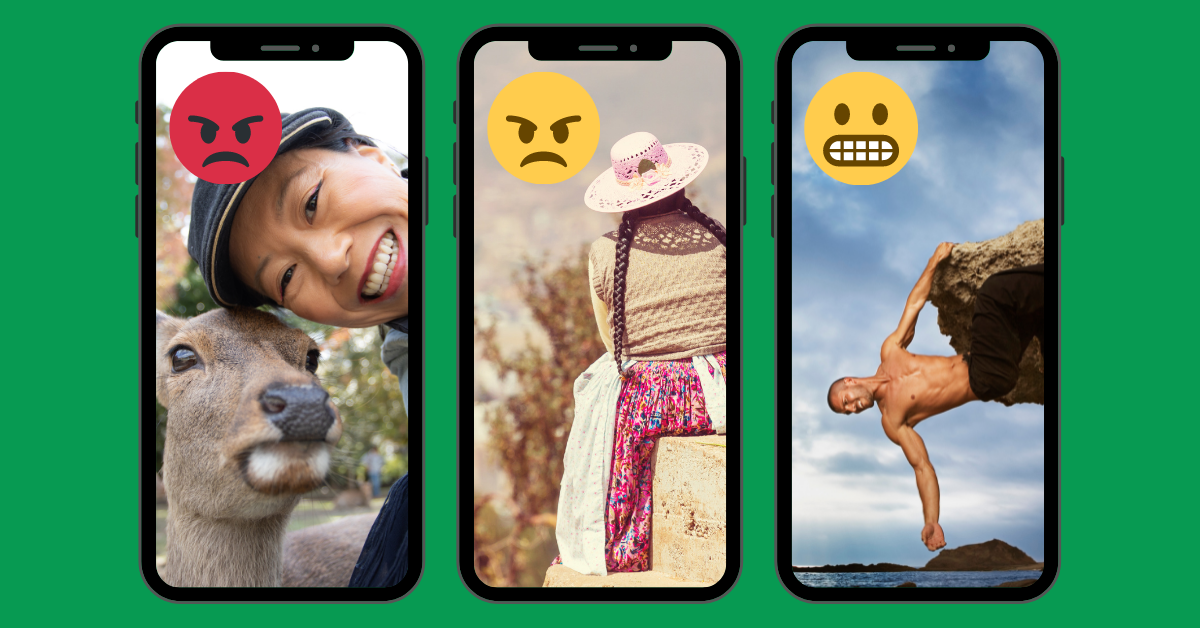
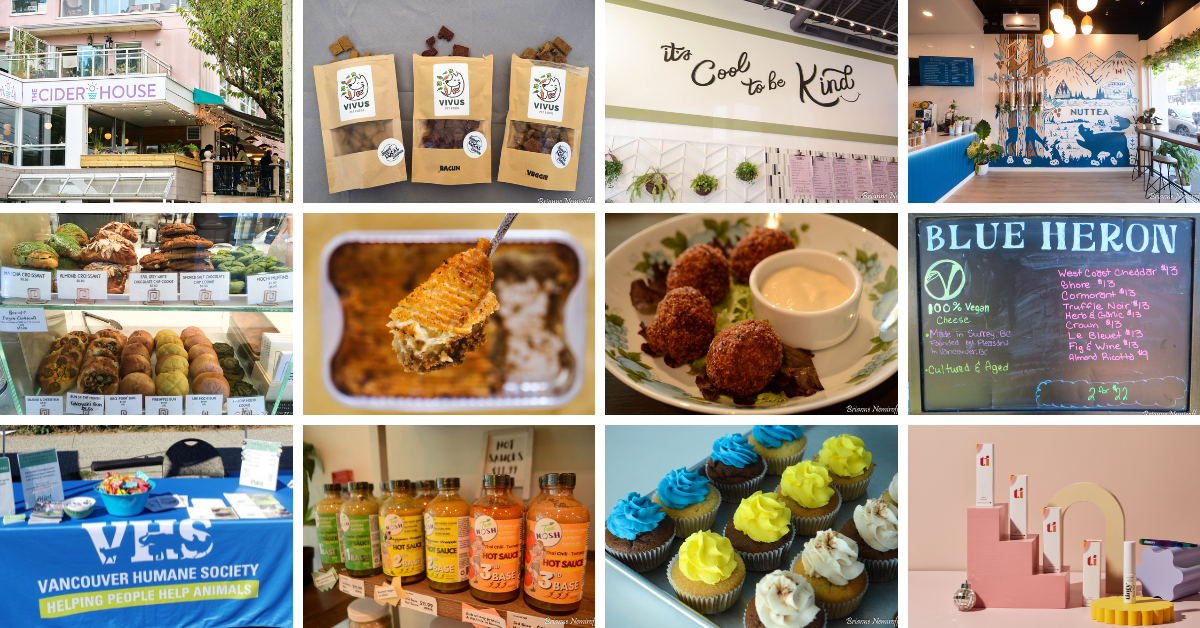
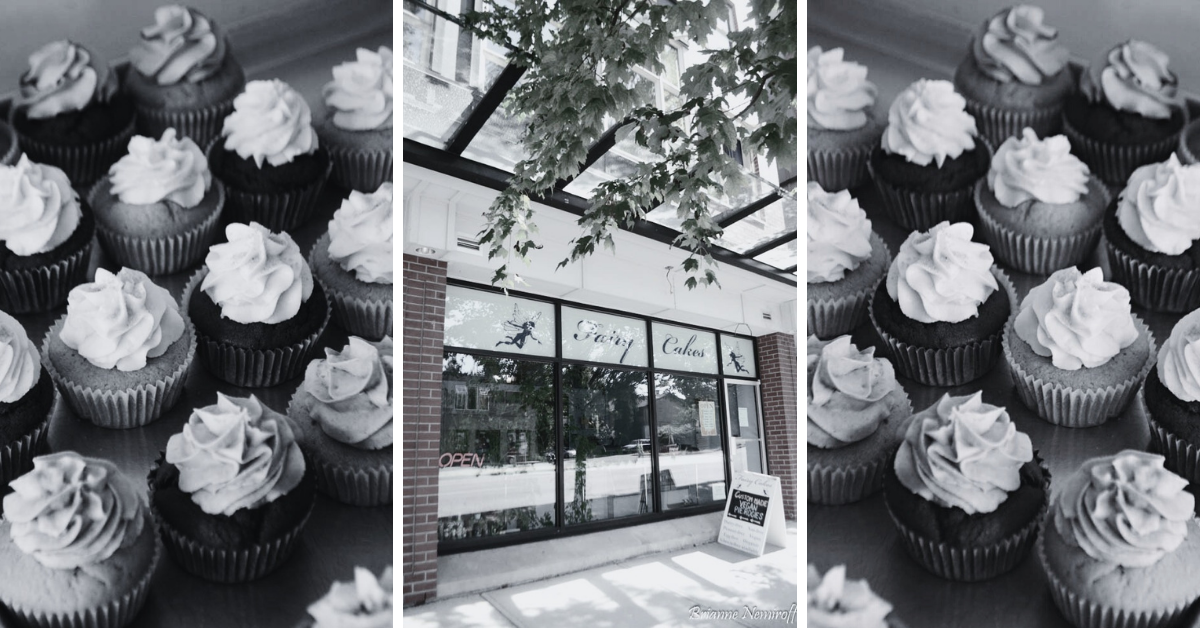


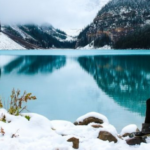

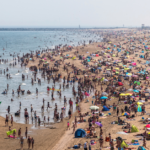





One Response
how interesting, I didn’t know, thank you for posting!